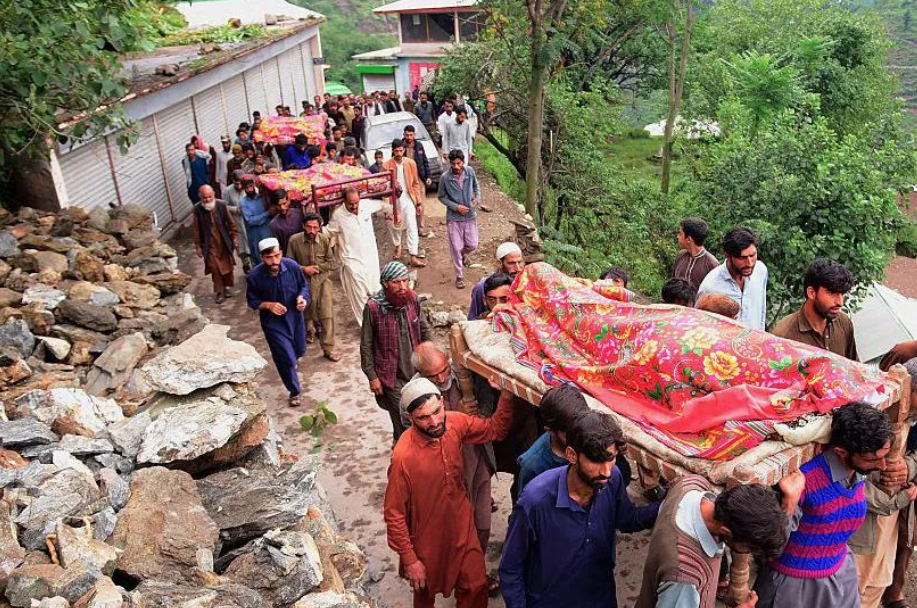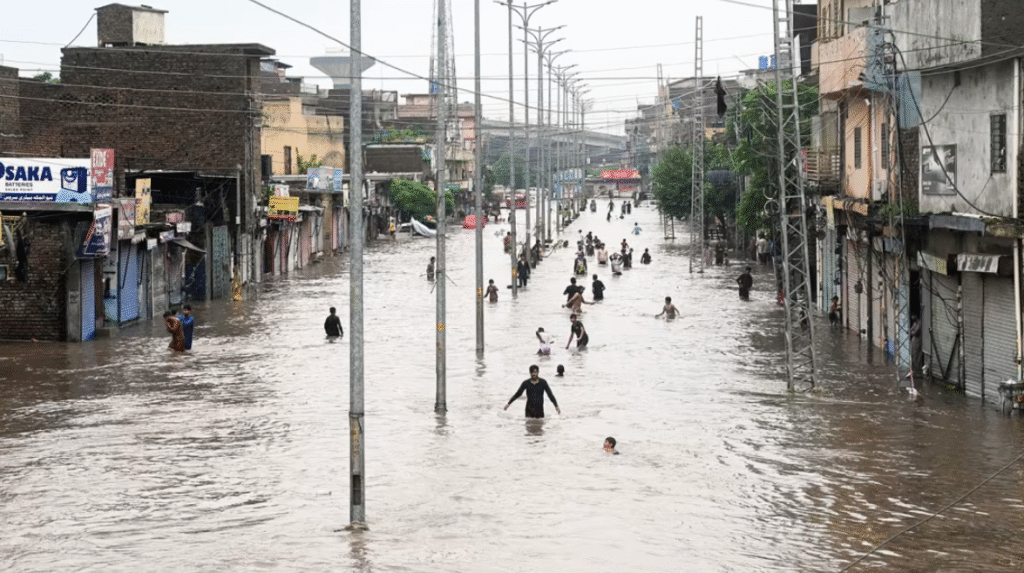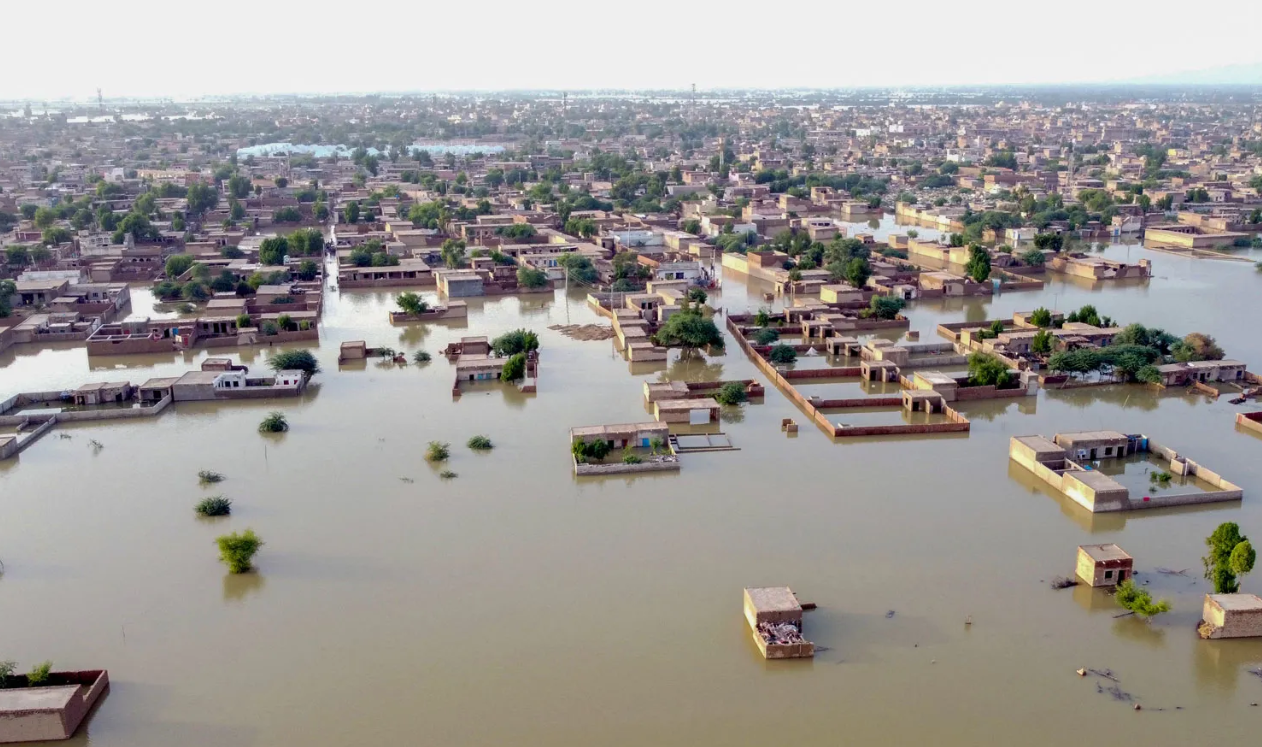Torrential monsoon rains have unleashed deadly floods and landslides across Pakistan and Pakistan-administered Kashmir, pushing the death toll to 307 as of Friday, with more rain forecast in the coming days.
The worst-hit region is Khyber Pakhtunkhwa, a mountainous province in north-west Pakistan, where the majority of fatalities have occurred. At least 74 homes have been destroyed, and a rescue helicopter crash—blamed on severe weather—claimed the lives of five crew members, according to authorities.
In Pakistan-administered Kashmir, nine deaths have been reported, while five more people were killed in the Gilgit-Baltistan region. In the Indian-administered part of Kashmir, at least 60 people died after a powerful flash flood tore through a Himalayan village, sweeping away homes and residents.

Survivors Describe Scenes of Chaos
In the town of Buner, residents described the floods as apocalyptic.
“I heard a loud noise as if the mountain was sliding. I rushed outside and saw the entire area shaking, like it was the end of the world,” said Azizullah, a survivor, speaking to AFP.
“The ground was trembling due to the force of the water, and it felt like death was staring me in the face.”
Photographs from Bajaur, a district bordering Afghanistan, showed crowds gathered around an excavator clawing through mud-drenched hillsides, while funeral prayers were held nearby for the victims. Khyber Pakhtunkhwa has declared a day of mourning to honour the dead.
The province’s chief minister, Ali Amin Gandapur, confirmed that the ill-fated M-17 helicopter was en route to Bajaur when it crashed due to inclement weather.
Disaster Zones Declared as More Rain Expected
The Pakistan Meteorological Department has warned that heavy rainfall will persist until at least 21 August, particularly in the country’s northwest. Several districts have been designated disaster zones as emergency crews battle difficult terrain and weather conditions to reach affected areas.
In Punjab, which is home to nearly half of Pakistan’s 255 million people, July rainfall was 73% higher than last year, resulting in more deaths than the entire previous monsoon season.

Climate Change Driving Extremes
Monsoon rains, which typically fall between June and September, account for roughly 75% of South Asia’s annual rainfall. But this year’s deluge has been unusually intense.
Experts warn that climate change is amplifying the frequency and severity of extreme weather events across the region, making floods and landslides more deadly with each passing season.
As rescue efforts continue and communities begin to mourn their dead, officials fear the toll could rise further—with many still missing and more rain on the way.










